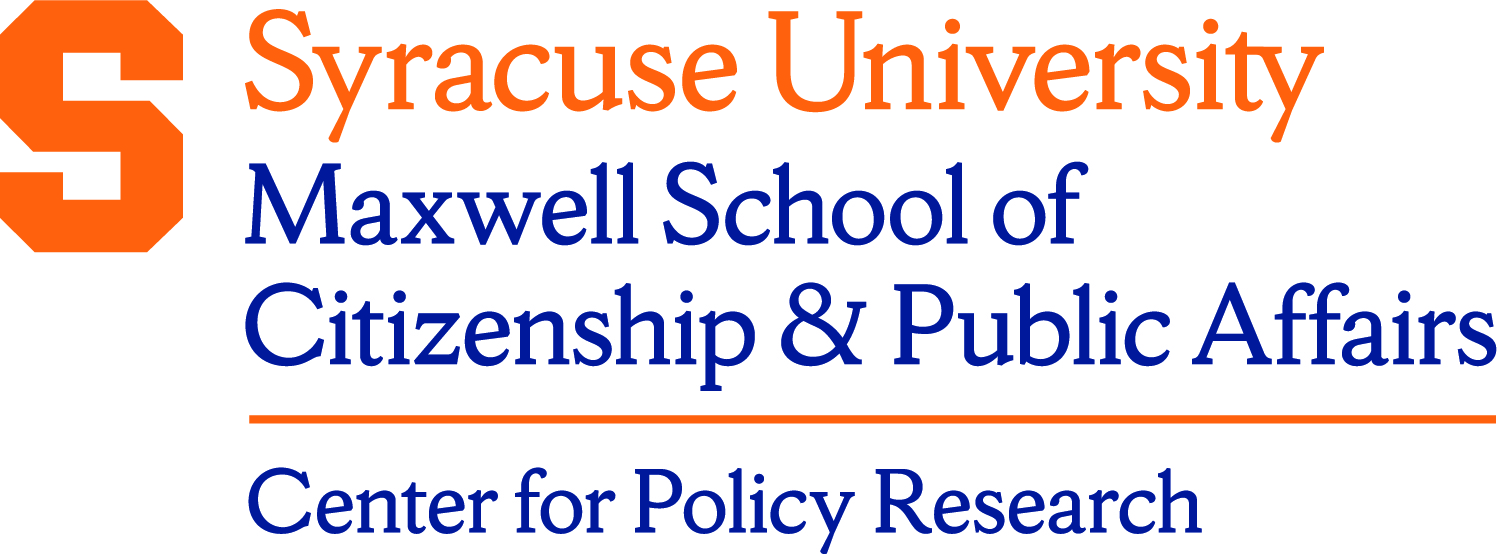Description/Abstract
We estimate the causal effect of repeated exposure to violent crime on test scores in New York City. We use two distinct empirical strategies; value-added models linking student performance on standardized exams to violent crimes on a student’s residential block, and a regression discontinuity approach that identifies the acute effect of an additional crime exposure within a one-week window. Exposure to violent crime reduces academic performance. Value added models suggest the average effect is very small; approximately -0.01 standard deviations in English Language Arts (ELA) and mathematics. RD models suggest a larger effect, particularly among children previously exposed. The marginal acute effect is as large as -0.04 standard deviations for students with two or more prior exposures. Among these, it is even larger for black students, almost a 10th of a standard deviation. We provide credible causal evidence that repeated exposure to neighborhood violence harms test scores, and this negative effect increases with exposure.
Document Type
Working Paper
Date
Fall 11-2016
Keywords
Neighborhood Effects, Crime, Academic Performance, Racial Disparities, Educational Outcomes, Regression Discontinuity, Value Added Model
Language
English
Series
Working Papers Series
Disciplines
Criminology and Criminal Justice | Econometrics | Public Affairs | Public Affairs, Public Policy and Public Administration
ISSN
1525-3066
Recommended Citation
Schwartz, Amy Ellen; Laurito, Agustina; Lacoe, Johanna; Sharkey, Patrick; and Ellen, Ingrid Gould, "The Academic Effects of Chronic Exposure to Neighborhood Violence" (2016). Center for Policy Research. 229.
https://surface.syr.edu/cpr/229
Accessible PDF version
Source
Local input
Creative Commons License

This work is licensed under a Creative Commons Attribution 3.0 License.




Additional Information
Working paper no. 195